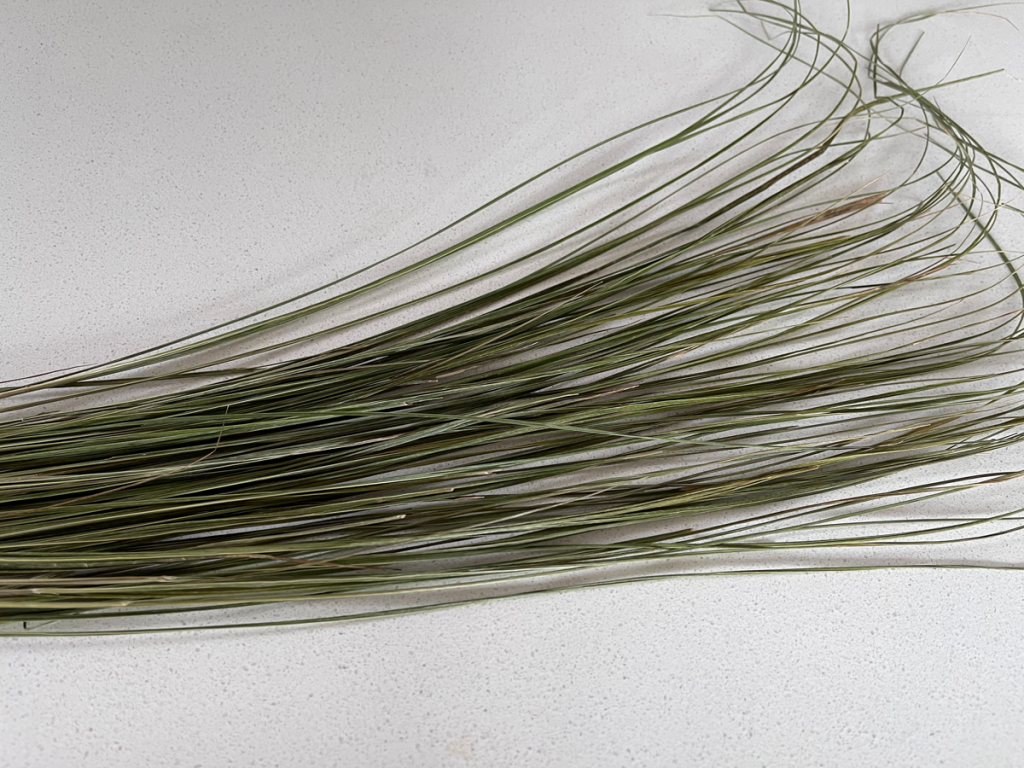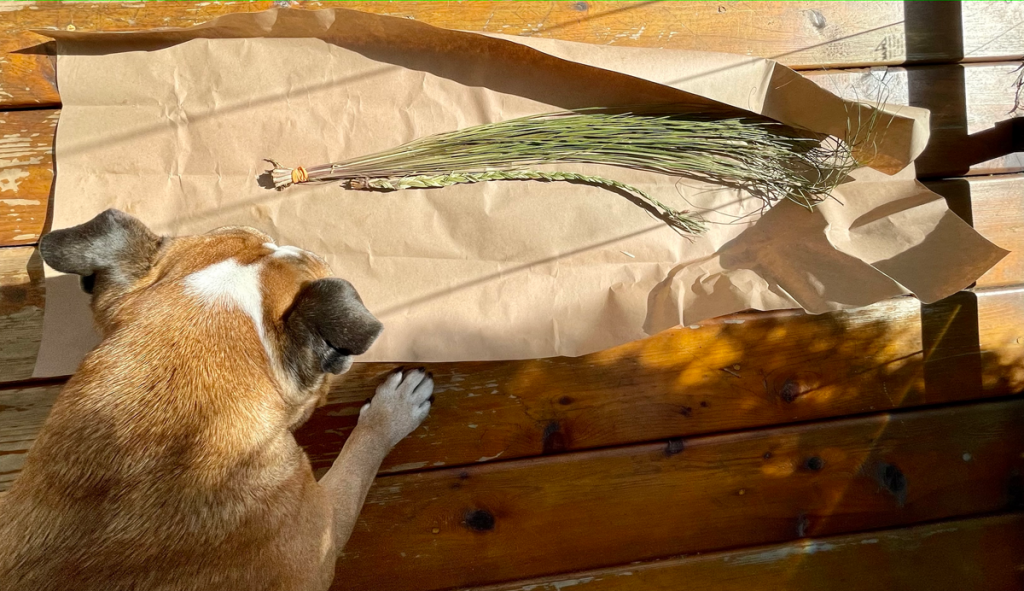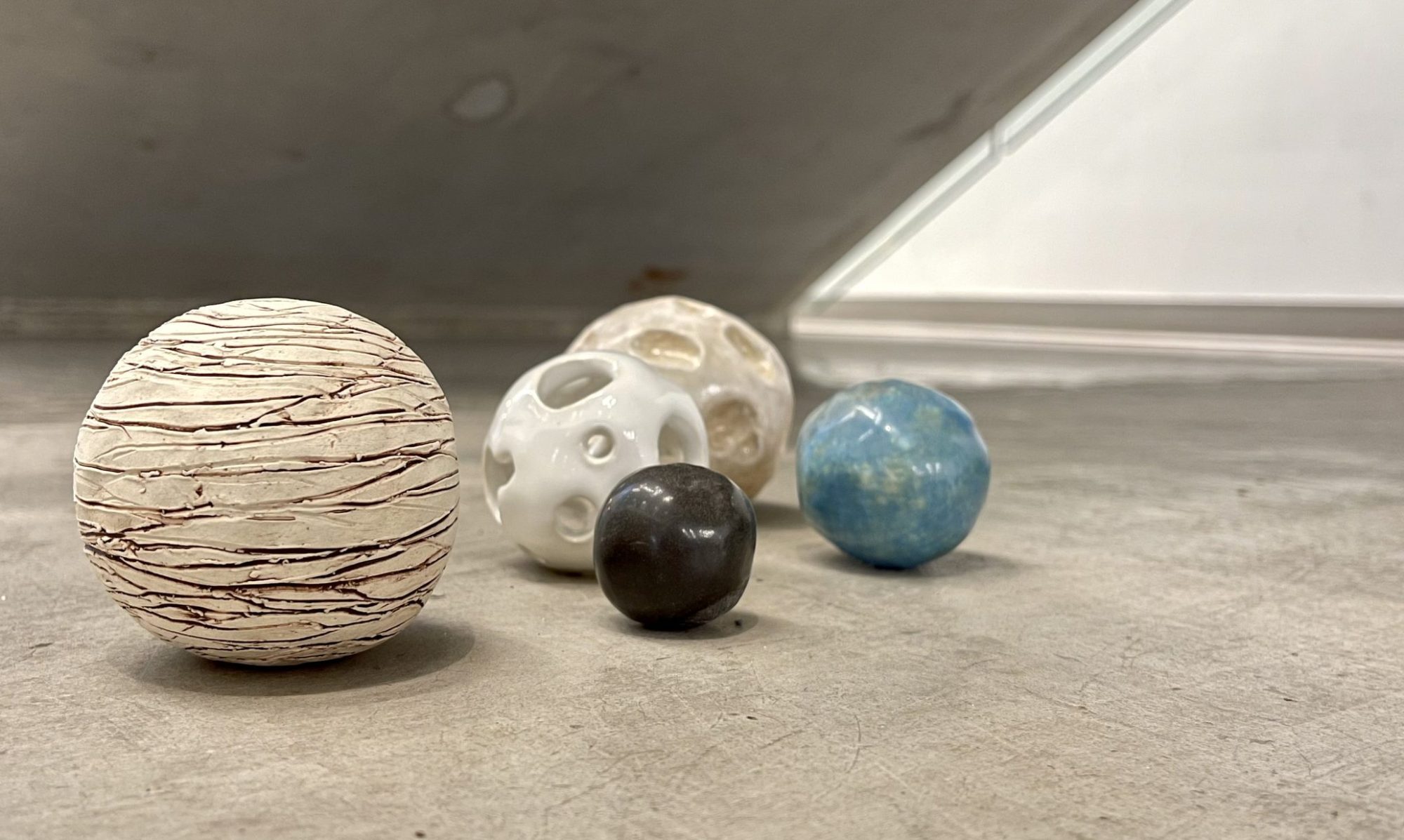DISCOURSE

Slow knowledge is knowledge that has been used for a long period of time that has been serving those using it well. Slow knowledge has stood the test of time by being utilized effectively despite circumstantial difficulties. Fast knowledge is the use of new, often technically derived, know-how that supposedly makes the carrying out of a function easier. The term and meaning of “slow knowledge” reminds me of an Japanese saying “温故知新 – on-ko-chi-shin”. The direct translation of each characters are “warm up, past, knowledge, new”. To know what shall be, one must consider what has been. Correspondingly, the acquisition and implementation of fast knowledge should start from knowing old traditions of the land, communities, and habitat; in other words, if one wants to utilize fast knowledge well, it would be wise to not ignore the past; it would be wise to understand how old knowledge can inform desired “improvement” that will utilize fast knowledge, to ensure that the past and its wise lessons are not ignored.

Sweetgrass
“Sweetgrass, as the hair of Mother Earth, is traditionally braided to show loving care for her well-being braids, plaited of three strands, are given away as signs of kindness and gratitude.”
—Robin Wall Kimmerer, Braiding Sweetgrass
I wanted to experiment with something related to old knowledge that I could access. Sweetgrass (Hierochloe odorata) is an aromatic herb native to northern Eurasia and North America. Indigenous peoples use sweetgrass in sacred ceremonies(nativetech.org). By hearing about sweetgrass from Indigenous stories that I discovered in the last few years, I was intrigued by how it was described. The description of sweetgrass as the “hair of mother earth” connected with me as I have a grass nicknamed “Angel’s Hair” and that is a favourite grass of mine. It is a very thin, soft grass that resembles hair. I wondered if the sweetgrass I was reading about would be similar. So, I went online and found an Indigenous family business who would gather a small bundle to me from their home in Saskatchewan and send it to me.

When the box arrived, I opened it with excitement and immediately smelled a sweet vanilla-like smell. “It smells so sweet!” I thought. The box consisted of a handful of 20” long strands of grass and several strands were braided together. I waved the sweetgrass in the air like a fan, listening to the long strands swishing as the sweet aroma filled the room. I loved my very first encounter with the sweetgrass. My dogs loved the smell too. I hung it on the wall where I can continue to admire it. Several weeks later it still has the sweet aroma emanating from it. I now am wondering how can I continue to use this and understand how to use it in respectful ways? How would it feel to braid it or how can I make something else with it? I imagined just walking through a field of sweetgrass surrounded by the sweet aroma. How nice would that be. Eager to learn old knowledge from those that have mastered it, wanting to show the deep admiration I have for our Indigenous people who are keepers of immense amounts of slow knowledge. I think sweetgrass is a good place to start.

